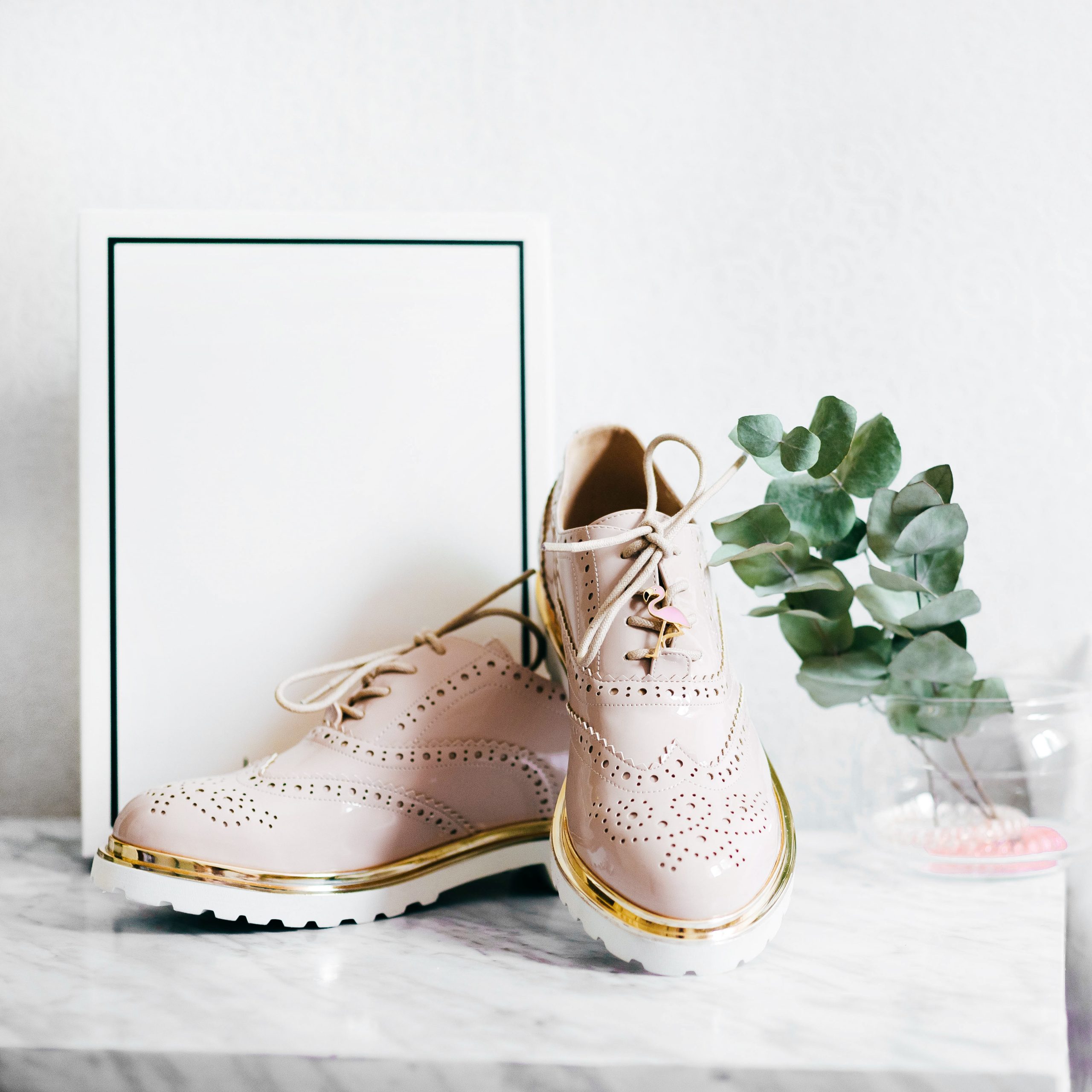Insoles for People With Supination. What are they and how do they help?
If you’re someone with supination, think they have supination, or just want to learn more, here we’ll give you a little breakdown on the unique trait, what its root causes could be, as well as how it can be easily combated with the right kind of insoles and shoes. It can be a bit concerning if you’re randomly experiencing pain, walk differently, or just feel ‘off’ when on your feet, but it is easily treatable and we’ll explain how.
What is Supination?
You may be aware that when we humans walk, we have a ‘stride’ which is the way in which we walk, including the way we shift our momentum on our feet, dispersion of weight, and how our feet land. When someone refers to supination, this means that when in stride, the weight of our body is placed on the outside of the foot. Pronation is another related term, which has to do with shifting weight from the heel to the forefoot. In both cases doing so excessively, and without even realizing you’re walking in this way, can cause problems with your body’s natural alignment. If you find yourself having excessive pain in your feet, knees, hips or lower back, it may be a result of the way you tend to walk, and how you shift weight around. If you have a case of excessive supination (alternatively called underpronation), and should find ways to treat and remedy this issue.
What causes Supination?
Now that you get what exactly supination is, you may be wondering why it’s happening to you. Typically supination doesn’t happen by accident, but it is caused by structural issues in the foot that lead you to be a bit more inclined to supinate during your stride. These structural issues usually have to do with genetics, such as unusual leg length, the natural width of your foot, or shaky ankle stability. Having naturally high arches may also make you prone to supinate compared to others. Another possible reason you may be experiencing supination, if none of the above apply, is that you are wearing the wrong kind of footwear and it’s taking a toll on your foot health. A good pair of shoes adequately support the arch, as well as the soft tissues of your foot, which help prevent any excessive movements or stress on the foot. The wrong type of shoe, like tight or rigid ones, can end up leading you to supinate as they get your feet accustomed to an unhealthy stride. If your shoes were particularly good before, but you’re experiencing supination now, it could very well be that these shoes are too worn out. If you have worn out shoes you’ll find that the arch support of the insoles is not what it used to be, they’re withered away and worn down through a long time of use. Finally past injuries could lead to supination, such as tendonitis of the achilles. Regardless of how you got to the point that supination is common in your stride, there is a universal way of treating it: well designed shoes and insoles. You may want to check stores like Lucky Feet Shoes Upland for functional footwear!
How do Supination-centered insoles help?
If you have supination and wish to remedy it quickly and easily, it is ideal that you get flexible, lightweight runners. Picking a pair of runners that are good for supination has very much to do with what’s inside the shoe: extra-cushioned, engineered to provide ample arch support, and a spacious toe-box for toe splaying. If you have a pair of shoes that are already quite new, but are missing the support you need in the insole, then it is possible to buy third-party orthotics dedicated to dealing with supination. Custom orthotics help deal with supination by supporting your arch, heel, and control the motion of your foot when you’re active. They are also commonly available online and in-stores as supination is a very common issue.
To conclude, supination (and pronation), are natural aspects of walking that every human displays. With that said, supination in excess, as in you’re putting weight on the outer portion of your foot constantly, is not healthy. Supination can result in serious health complications including issues such as back pain, leg pain, foot pain, swelling, and over time, walk misalignment. It is something you should take seriously and deal with as soon as possible when you notice there is something off about your stride, or experience mild symptoms without noticeable cause. The great news is that while supination is serious, especially over time, it is easily treatable with proper footwear. If you have supination, consider rectifying your walk with a pair of new dedicated supination designed shoes or insoles that are engineered to provide support in the places you need to fix the imbalance.

